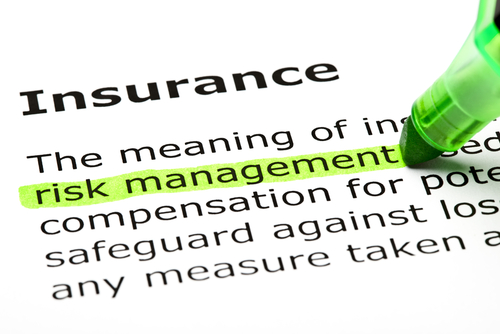Music festivals are a summer tradition. As winter melts away and temperatures rise, many music lovers begin planning their trips, whether it’s Coachella in California or Bonnaroo Music & Arts Festival in Tennessee, music festivals around the U.S. (and abroad) attract hundreds of thousands of people annually. But they also attract a frightening amount of risk.
Here are just a few of the more recent tragic events at music festivals:
- At Bonnaroo this past June, a 24-year-old man died of hyperthermia, a condition that occurs when the body becomes too hot and can’t cool itself, and 32-year-old woman was found dead in her tent. The reason for her death was not released.
- At Electric Daisy Festival, a weekend-long rave, one man died after ingesting drugs and running into traffic and another died of a suspected drug overdose at a area hospital. Approximately 30 were treated at hospitals in the Dallas area for drug, alcohol and heat related problems during and after the June 18 to 19 event.
- At the West Virginia-based All Good Festival, which wrapped up just a few days ago, one woman was killed in the campgrounds after a pickup truck ran over her tent as she and two friends were sleeping.
And let’s not forget last year’s German music festival, The Love Parade, where 19 people were killed and 340 injured in a massive stampede. Apparently, concert organizers underestimated attendance by several hundred thousand.
So how are insurance companies prepared to handle the mammoth risk that music festivals present each year? Check out the June cover story of Risk Management for more on the topic.



